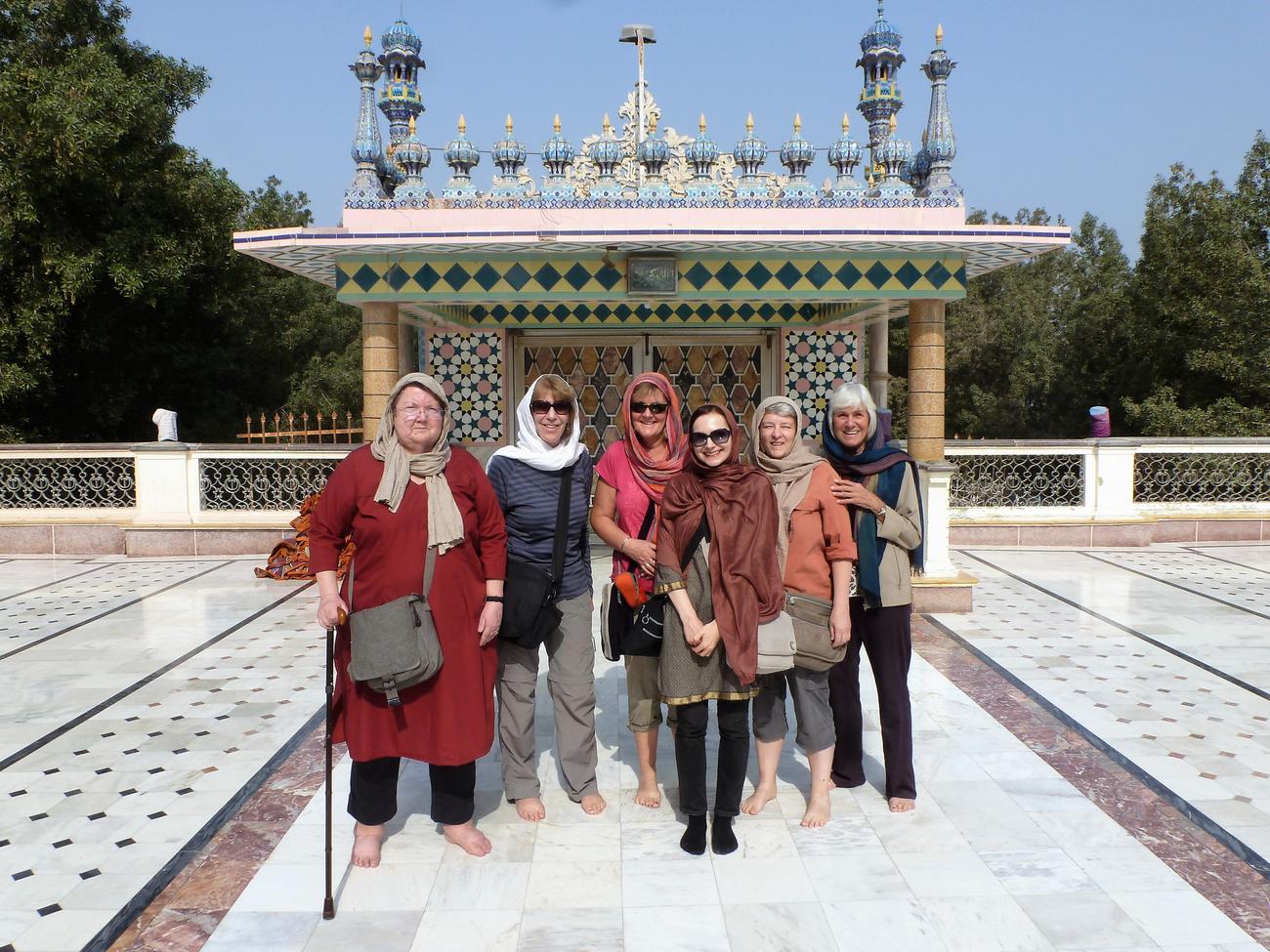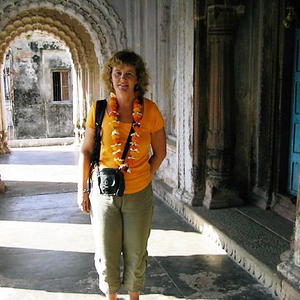Pakistan is one of those countries that receive very bad press in the West, and yet I must say, having visited the country twice, both the north and south, I have been met with nothing but kindness and hospitality by the people, and never felt anything other than a warm welcome.
I have also been treated to an enormous variety of experiences, as given the size of the country, it has a huge amount to offer.
If you're contemplating dipping your toe in the water and are curious as to which areas to visit, here are some thoughts on what the north and south have in store for you.
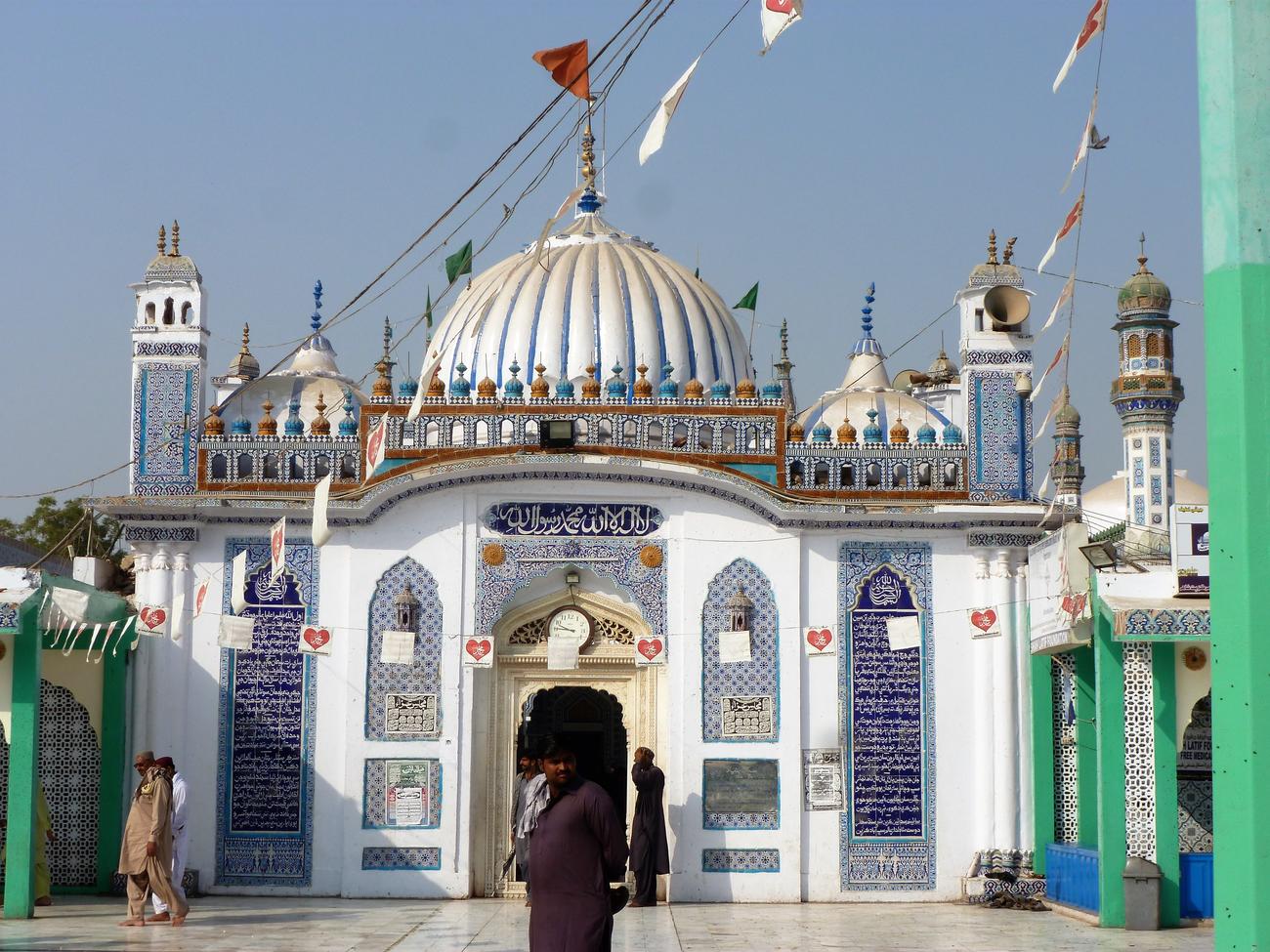
Scenery – The north and south are like chalk and cheese.
The north boasts the stunning mountain ranges of the Karakoram, Hindu Kush and Himalayan ranges. It has a total of five of the fourteen world peaks above 8000m, K2 being the highest at 8611m.
There are a number of high mountain passes to be negotiated and you'll need to consider if you're happy to travel at altitude.
By comparison, in the south, the highest range we came across was the Kirthar range in Sindh, but this was far less dramatic and imposing. The majority of the route we travelled through in the south was dry and flat with no altitude concerns at all!
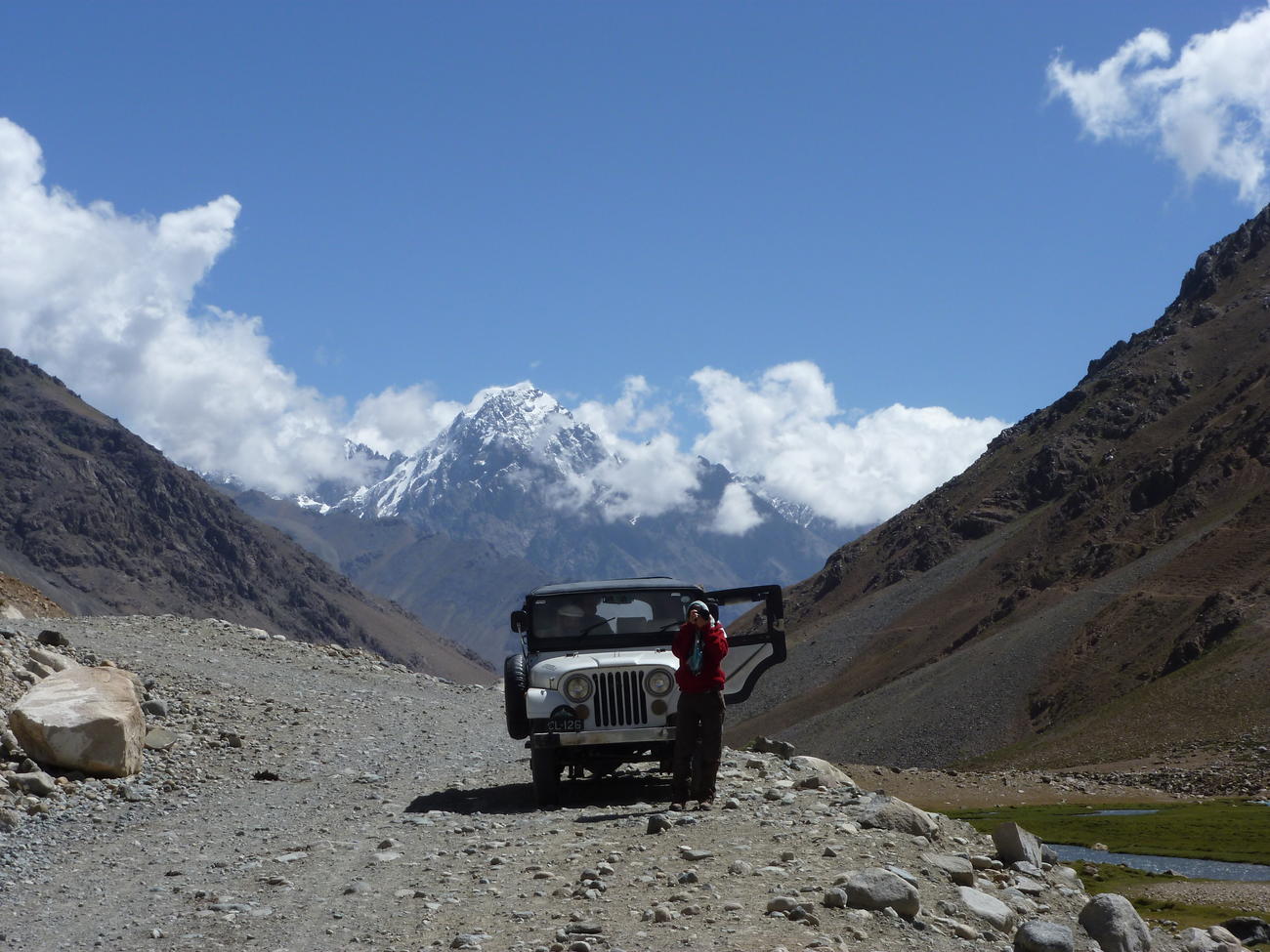
Forts – Before travelling to the south I was unaware of the amazing variety of forts we would visit along our route.
Kot Diji, Derawar, Rohtas and Lahore Forts all had their own distinct style and imposing stature. Major feats of engineering offering very different architectural design, from the more medieval style offerings to the grandeur of the Moghul period.
Whilst there are the Altit and Baltit forts in Hunza, and the ruined Skardu Fort, none of these are as impressive in scale and construction. The good news is that some key restoration work is being carried out to preserve these forts for future generations to visit.
UNESCO World Heritage Sites – If history is your thing then the ancient civilisations of the Indus valley are a rare treat in the form of Mohenjo-Daro, Harappa and Taxila. You have one of the largest Necropolis sites at Makli Hill near Thatta.
Rohtas Fort, already mentioned, reached UNESCO world heritage status in 1997 as a fantastic example of Muslim Military architecture. In Lahore, you have the Lahore Fort and Shalimar Gardens.
History buffs really are spoilt for choice in the south.
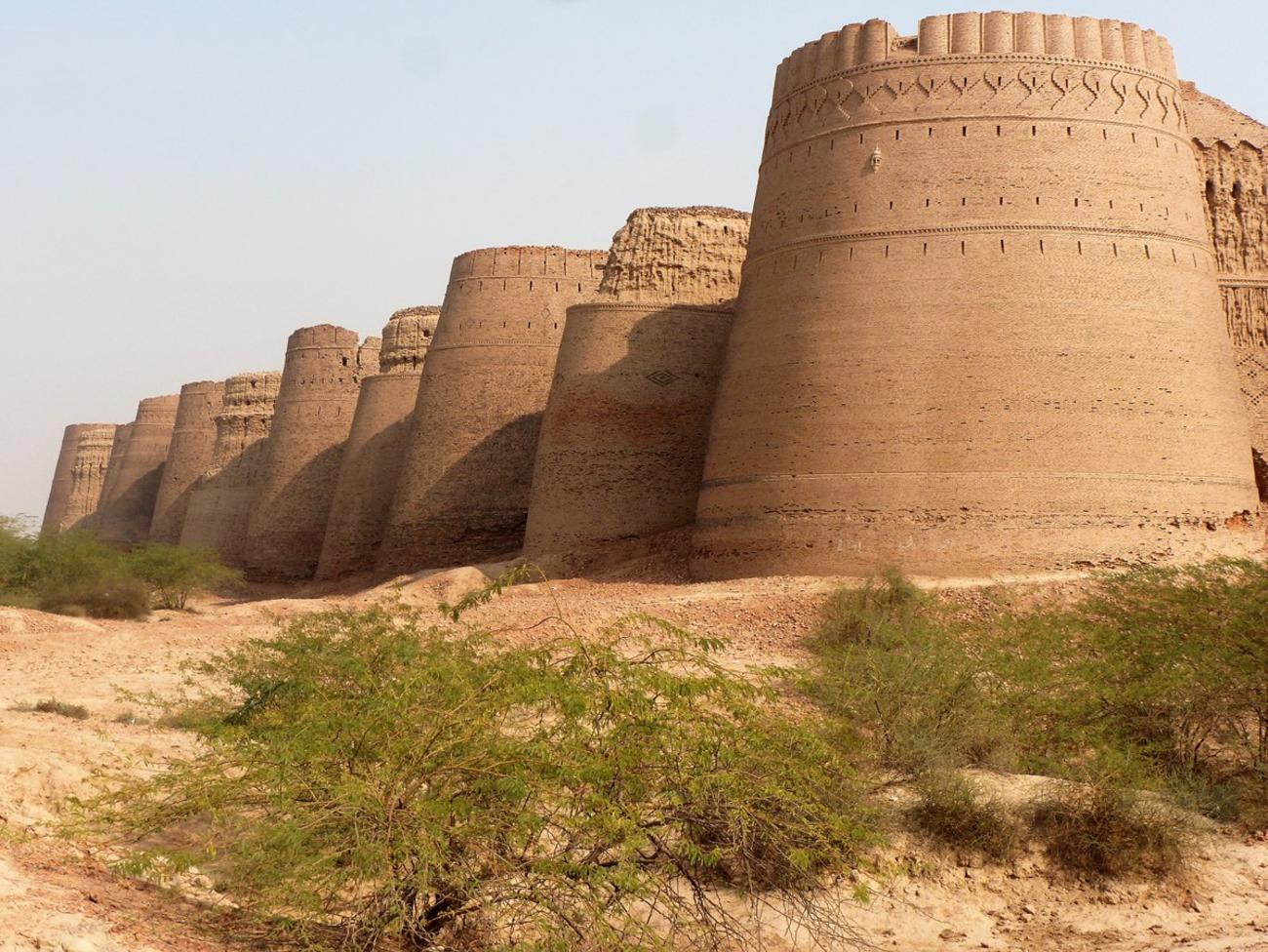
Food – One thing important for many travellers is food, and for me, the south provides food more akin to its neighbouring India in terms of spice – something I love! There is also BBQ options of shish and kofta which feature on most menus for the avid carnivores.
Indus river fish serves as a nice alternative and is good and meaty. Chinese style dishes are also on offer, but not in the traditional Chinese way as the dishes have a leaning towards the more spicy versions of regular Chinese dishes.
Vegetarian food is widely available in the form of veggie curries and a variety of dahls. In comparison, the north has good quality food which is nourishing and hearty, but without as much flavour as the south.
Religion – In Pakistan 96% of the population is Muslim. This provides us with an insight into Islam, which is a lifestyle in itself, guided by the teachings in The Koran. The Faisal Mosque in Islamabad is the 4th largest in the world and is very modern in structure.
There are of course many different style mosques dotted around the country. However, one notable thing for me was the presence of Sufism in the south of the country, which reveres the teachings and storytelling of Sufis. These are individuals who renounce their worldly goods to dedicate their lives to Allah.
As such we visited many Sufi shrines in the south, adding a different dimension to our traditional understanding of Islam, considering these shrines are absent in the north.
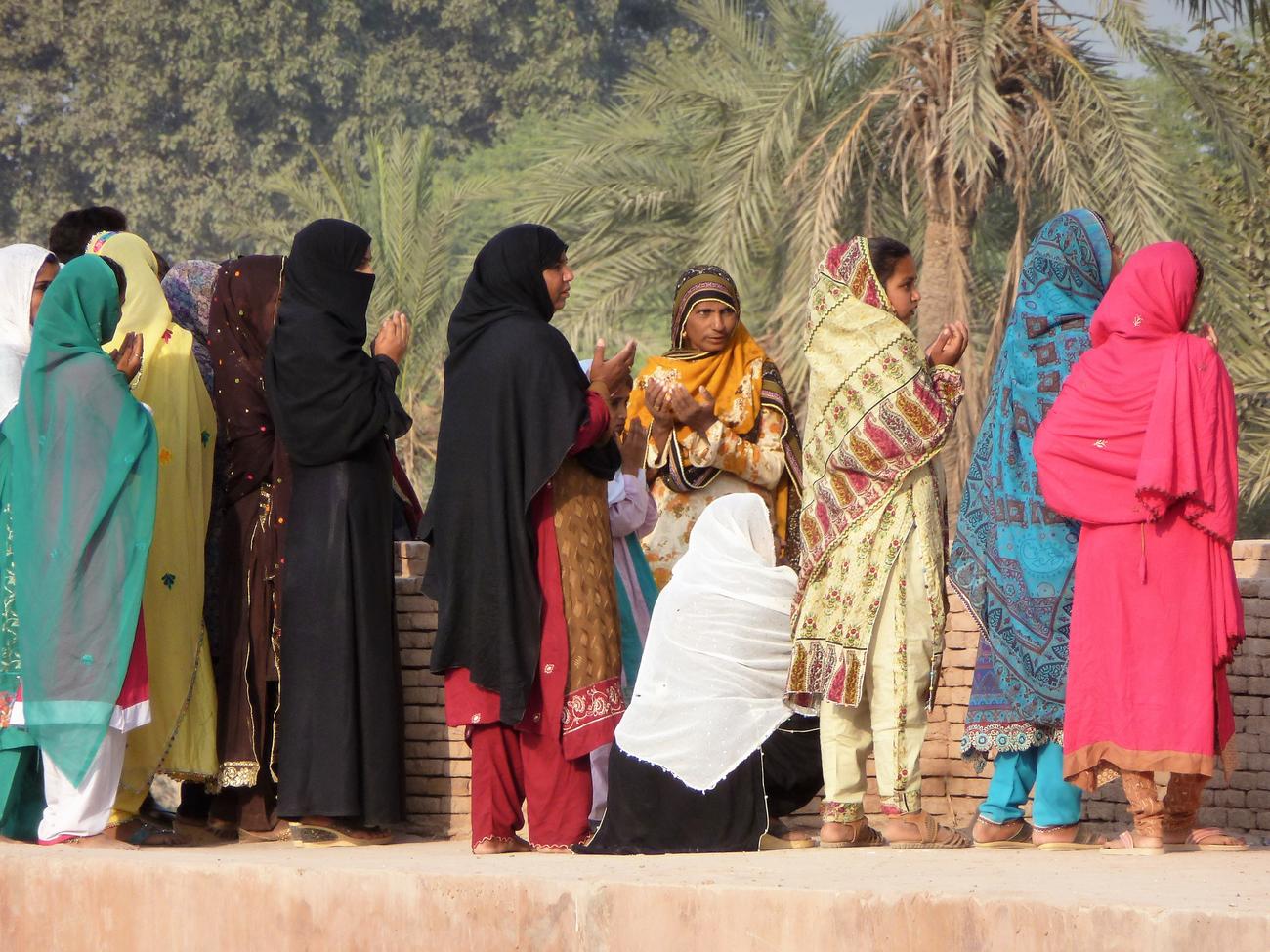
Temperatures – As large tracts of the north visited on our tours are at altitude and in the mountains, the weather is far more unpredictable.
You can experience beautiful sunny days from Spring to Autumn, allowing you to wander around in T-shirts, but even in the middle of summer temperatures can drop at night so you'll to have to take a good fleece with you. You might get some rain or early snowfall in Sept/Oct.
The southern regions are flat and dry, and so the summer is best avoided with the oppressive heat regularly reaching 50 degrees. The winter months are far more preferable and pleasant with temperatures ranging from early 20's to mid 30’s.
In essence, you can visit Pakistan year round taking into account the temperature variations.
Agriculture – The south supplies much of the fruit and vegetables for the whole of Pakistan as the Indus River provides the lifeblood to this region, and temperatures are far more conducive to the cultivation of crops such as wheat, barley, rice, potatoes, cabbage, onions, chickpeas, sugar cane, oranges and mangos.
Farming employs over 40% of the Pakistani population, with many living a subsistence lifestyle, especially in the Sindh region, which is one of the poorer regions of the country.
There is also the cultivation of crops in the north where apricots are grown in abundance, but the rocky mountainous terrain is not as conducive to large scale food production.
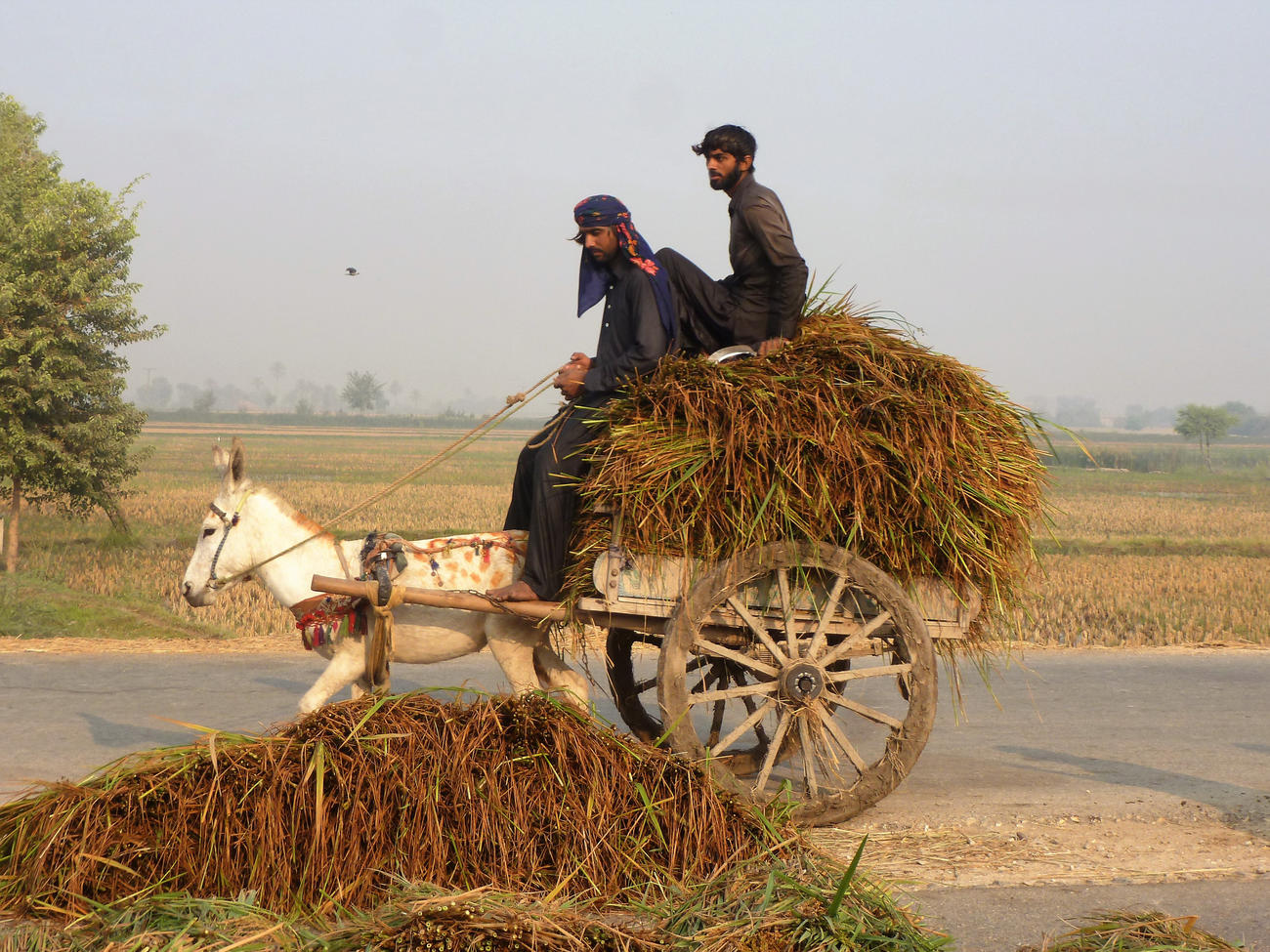
Markets and Bazaars – The Indian Sub-continent is synonymous with bustling colourful markets and bazaars, and Pakistan is no different.
These are always fascinating to visit to see locals going about their everyday lives, purchasing food and household goods and bargaining amongst hundreds of other shoppers and stall owners.
There are also the obligatory carts, mopeds and bicycles plying their way through the crowds just to add the extra dimension of bustle and chaos.
The markets provide a great opportunity to wend your way through the crowds and along the small alleyways, streets, or the side of the main roads to witness the daily ritual of shopping.
Whilst market areas are available in all towns and villages of the north and south of the country, the old towns of Multan and Lahore provide the best spectacle.
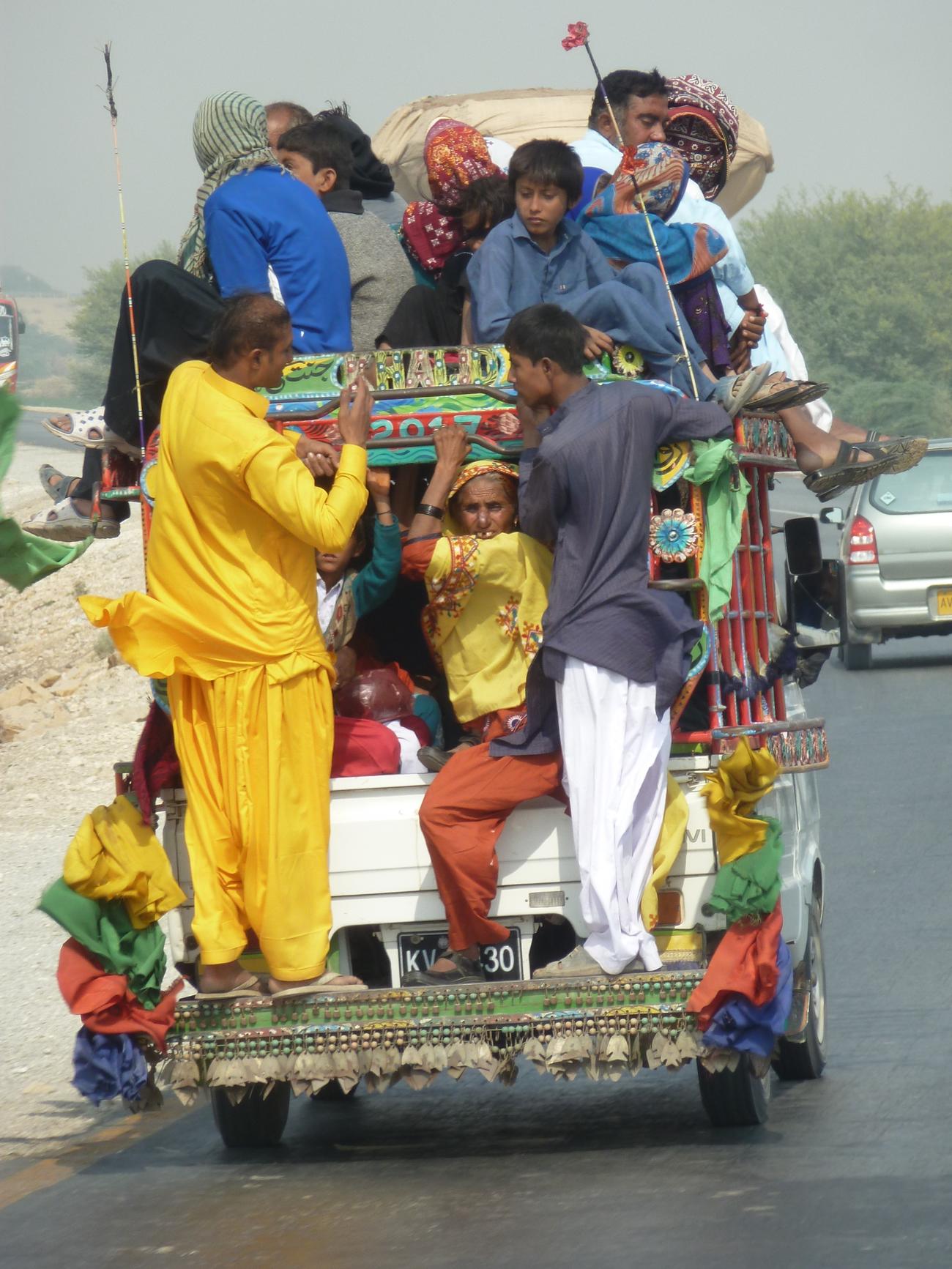
Hotels – As with many of the countries we operate in, there is a wide range of hotels used on all tours. I would say that in the south there are a number of ‘functional’ hotels as well as some good quality tourist hotels in the bigger cities.
In the north, we do use some good chain hotels in some locations along with some more rustic style cabins at Fairy Meadows. However, one of the best hotels in Pakistan for style, comfort and character, in my opinion, is the Khaplu Palace in Baltistan. This charming heritage hotel is set in beautiful grounds.
Tourism – Pakistan is not synonymous with mass tourism, although in recent years this has increased with greater publicity regarding what this amazing country has to offer.
As with India, there is a huge growth in the domestic tourism market in the peak summer months, as well as Pakistani nationals living abroad who return home to visit family and friends.
You are liable to see far more tourists in the north than the south, and for me, this was a huge bonus during my time in the south. At one point in our trip, we even came across locals who had never met foreigners before, which is such a rarity in this day and age.
Pakistan is a richly rewarding country to visit, so if you haven’t already been, I would urge you to go!
